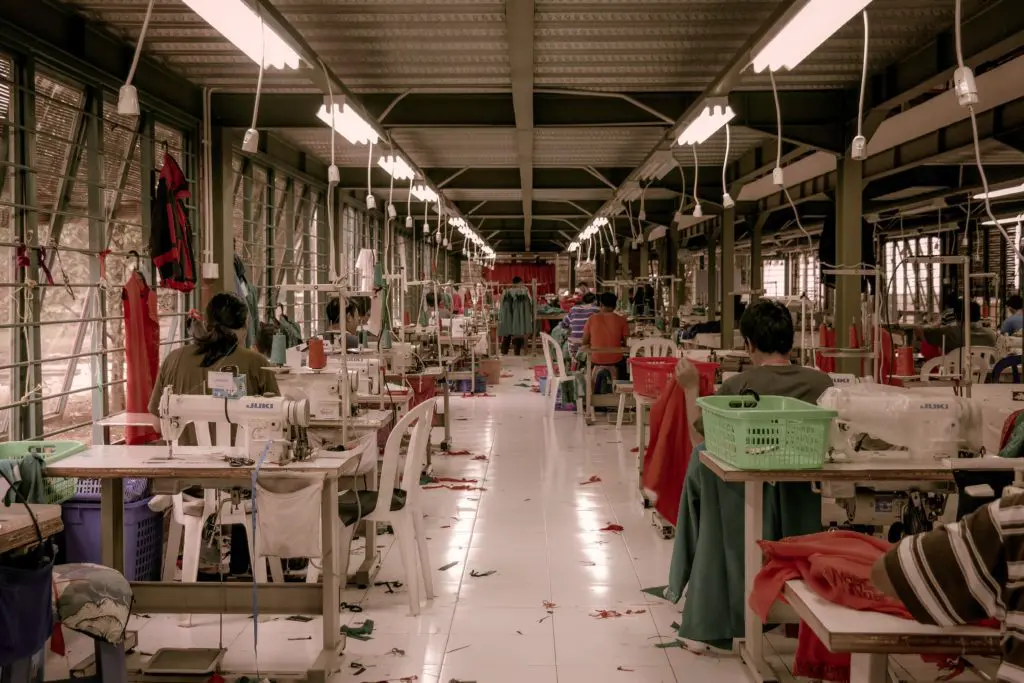Photo by Trình Minh Thư on Unsplash
As an avid consumer in her mid-20s, I confess that fashion has played a major role in my life. But, over the past few years, there’s been a shift in how I view contemporary consumer culture and my understanding of the fashion industry as a whole.
Before learning about the shocking human rights violations in the fashion industry, my younger self was ready to whip out a credit card and swipe (before there was tap!) without even glancing at the label. The truth is, we all fall for the carefully-curated shop windows that lure us inside. And although unintentional, we end up purchasing items we do not need. I, too, was a victim of the fast fashion industry, and to some extent, I still am.
Upon learning about the darkness hidden within the fast fashion industry, I began questioning my shopping habits. I remember a recent incident when I almost purchased a pair of pants I knew I didn’t need. A part of me made an excuse to purchase them but another part of me knew that upon leaving the store, I would be filled with guilt. Guilt for knowing better and doing it anyway.
Soon after, instead of considering whether I wanted or needed a certain item of clothing, I began looking at clothing tags more closely. When I saw that the clothes were made in countries such as Pakistan, China, India, Bangladesh, and Vietnam, I was filled with questions beyond “will this fit me?” and instead, began asking:
Who made these clothes?
How old were the garment workers?
Were they paid a fair wage?
Is their work environment safe?

Over time, as I learned more about fashion’s impact, I’ve come to think of myself as being a part of the slow fashion community. As a result, I’d say my life has changed for the better! I’m now not only someone who advocates for slow fashion, but I’m also a champion for the environment, safe working conditions, mindful consumption, and slow living more generally.
I try to raise awareness amongst people in my network, explaining how purchasing anything material comes with a certain gratification that eventually dissipates. The ease of purchasing a bag you’ve been eyeing for a week creates an immediate rush of happiness. But soon after the bag comes home with you, you’ll very likely start looking for the next material thing to reignite that joy.
Clever marketing campaigns and greenwashing may have fooled you, but once you understand your power as a consumer, it’s a lot easier to say, “No, I have enough.”
I have realized that we often mistake our material needs for our physiological needs that can be fulfilled through deep connections, insightful experiences, and meaningful activity. According to Maslow’s hierarchy of needs, we have five categories that dictate our motivation in everyday life—physiological (which encompasses clothing), safety, love/belonging, esteem, and self-actualization.
This theory helped me continue building my knowledge and understanding, and through reading and learning, like becoming a Youth Ambassador for FTA, I’m making changes in my own life, and advocating for others to do the same. Here’s what I’ve learned, and I hope you will consider sharing it with your own network!
9 rules that helped me form healthier shopping habits:
- Set boundaries
- Think twice (or even thrice) before purchasing
- Set a spending limit and budget yourself
- Re-wear items in your closet
- Experiment with your style
- Shop vintage or thrift clothes
- Create a cohesive colour palette
- Focus less on seasonal trends
- Create timeless looks with classic wardrobe essentials
Written by: Afifa Bari

